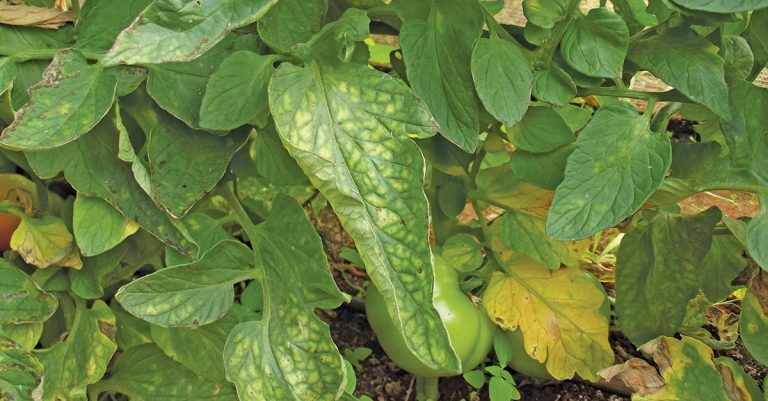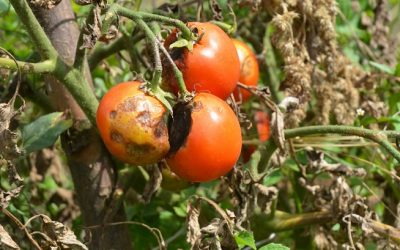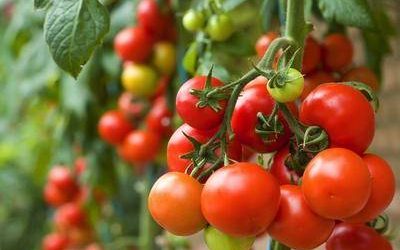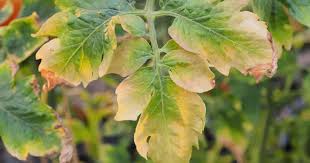Element deficiencies in a crop

Some element deficiencies are easy to pick up; others are confusing because the symptoms may be very similar to those of other deficiencies. In some cases, toxicity from herbicide residue may also look similar to nutrient shortages.
A patchy problem
Firstly, note the pattern of symptoms in the land. A deficiency of trace minerals never manifests uniformly; deficiencies always develop initially in patches.
If you start to see such patches and cannot figure out the problem, take soil samples from the bad patches and another from areas where the crop is growing well. Using the results of the analysis, you should be able to narrow down the range of possibilities.
An element such as molybdenum, for example, is unavailable to the plant when the soil pH is low. This may show up as one of the differences between the two analysed samples. You can then look up the symptoms in books or on the Internet and see whether this fits.
An iron deficiency, on the other hand, occurs when the soil pH is high. Irrigation water can have a high calcium content, and as the plant removes water from the soil, the level of calcium increases, pushing up the pH.
This often happens with drip irrigation on crops such as tomatoes, where an increase in soil pH is localised in the root zone.
New growth may become very pale. Some farmers think this is due to a nitrogen shortage, but if this were so, the leaves, especially the lower ones, would be pale in colour.
A knock-on effect
Calcium accumulation can also cause other deficiencies. Calcium, potassium, magnesium and sodium are all taken up together in the soil solution; the plant cannot take up each element separately.
It’s like having a cup of tea where water, tea, sugar and milk are combined. If your host adds three spoonfuls of sugar where you asked for one, there is no way of removing the other two spoonfuls.
A high calcium content can cause a magnesium or potassium deficiency. This might only manifest later, because the calcium slowly builds up in the root zone.
As it’s part of this group, the same can happen with sodium if there’s a fair sodium content in the irrigation water.
On the plant
The location of the deficiency symptom on the plant is another identification tool. Magnesium deficiency starts becoming apparent on the lower leaves, and manganese on the new growth.
Potassium deficiency also manifests on the lower leaves first. Calcium starts on the new growth. Nitrogen also starts on the older leaves and is one of the elements easier to identify.
Phosphorus deficiency occurs more in winter and the leaves develop a red or purple hue.
The pink colour of cabbage leaves in winter is usually brought about by low nitrogen when phosphorus levels are on the low side. In this case, the plants will also be a lighter colour.


